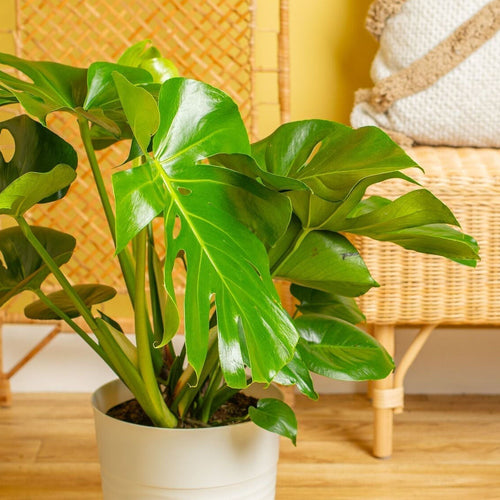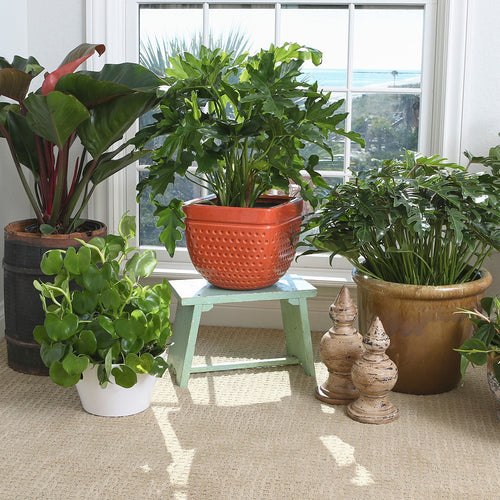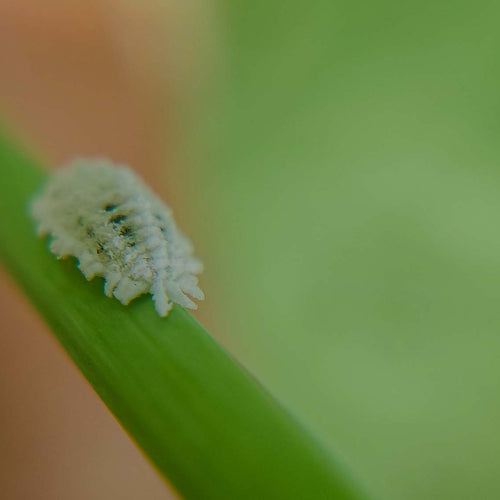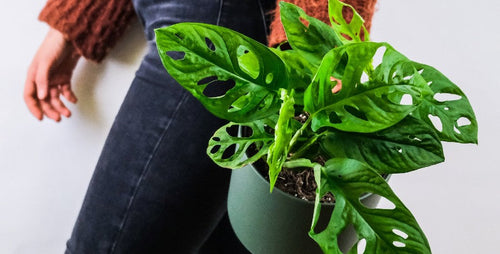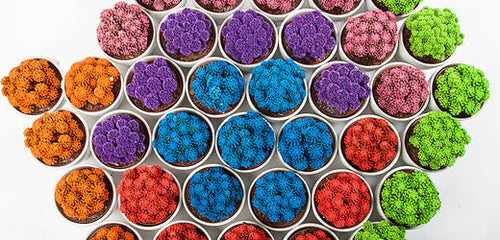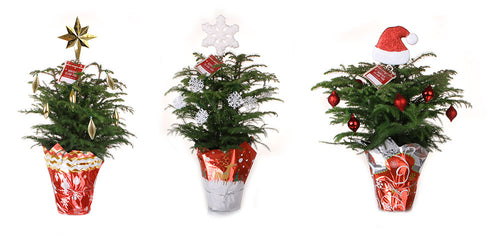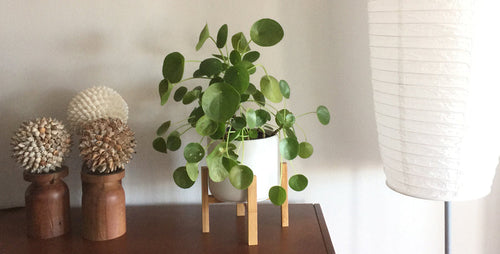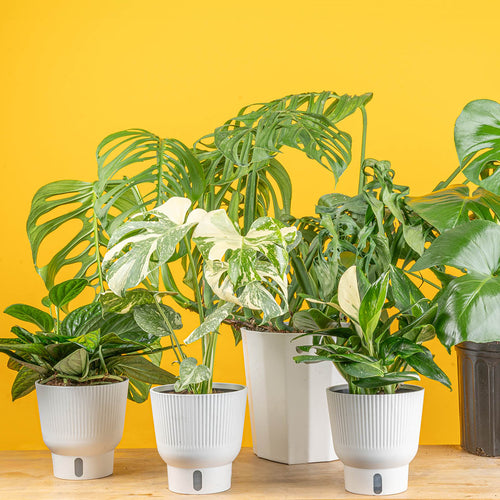Are your
houseplants as tired of winter as the rest of us are? If so, here are five easy tips about how you can give your
plants
a fresh new look this spring and summer.

1 Repot
Spring and early summer are the best time to repot overgrown houseplants.
You can
easily tell when a plant needs a bigger and better home. First, if you see roots growing out of the drainage
holes of
the pot that’s a sign your plant is ready for new quarters. Or, if your plant has expanded so much that the
new growth
is crowding the perimeter of the pot (or even cracking the pot itself). Another way to tell is if water runs
right
through the pot instead of soaking into the soil. If this happens it’s a sign you have more roots than you
do soil.
Repotting is simple. Just look for a pot or planter that’s an inch or two wider than the one your plant is
currently
growing in. Make sure it has at least one drainage hole, too. Remove the plant from its old container and
replant in
fresh soil. Water thoroughly to eliminate air pockets in the soil and you’re done!
2 Restore
Most
houseplants appreciate a
summer’s vacation in the great outdoors. As soon as nightly temperatures reliably remain above 55 degrees it’s
safe to move plants outside. Remember, most houseplants are tropical in nature so they won’t tolerate chilly weather.
Place your indoor plants in a shady spot protected from strong winds. Gradually, over a week or two, you can move your
sun-loving plants out into the open, while shade dwellers can stay in place. Whatever you do, don’t drag your plants
outside and leave them sitting in an exposed location--even if they are sun-loving by nature. Even “sunny” spots inside
your home are not as sunny as the real thing so your plants need some time to adjust or they could scorch and burn. 3 Renew
Houseplants respond to seasons as much as outdoor plants do. Longer days in the spring, for example,
mean your plants will want to produce new growth. That’s why it’s an ideal time to start feeding your plants on a
regular basis. There are two easy ways to fertilize houseplants. You can scratch a little slow-release fertilizer into
the surface of the soil or you can apply a dilute solution of liquid houseplant food every time you water. Either way,
your plants will get a much-needed boost of nutrition every time you water.
4 Regenerate
Spring is a great time to divide houseplants that are
getting a bit unruly. Dividing houseplants is easy. Remove the mother plant from its pot and then use a sharp knife
to cut through the root ball, making sure each cutting has a healthy set of roots attached. Then, repot the babies
as soon as possible. Dividing houseplants is a great way to rejuvenate older plants and get more plants you can
share in the bargain.
5 Review
Before you move your plants outdoors for the summer, give them a quick health exam to be sure they aren’t
being bugged by insect pests. Mealy bug, white fly, scale, and spider mite are four common houseplant pests that could
be hitching a ride on your leafy friends. Most of these pests will lessen once your plants are in a more moist, humid
outdoor climate, but if any of these pests are visible you should use an insecticidal spray designed for indoor plants.
Once outside, check your plants weekly for any new or old insect pests. Outdoors your plants could be attacked by other
insects such as aphids, as well as slugs or snails.
Written by Doug Jimerson







